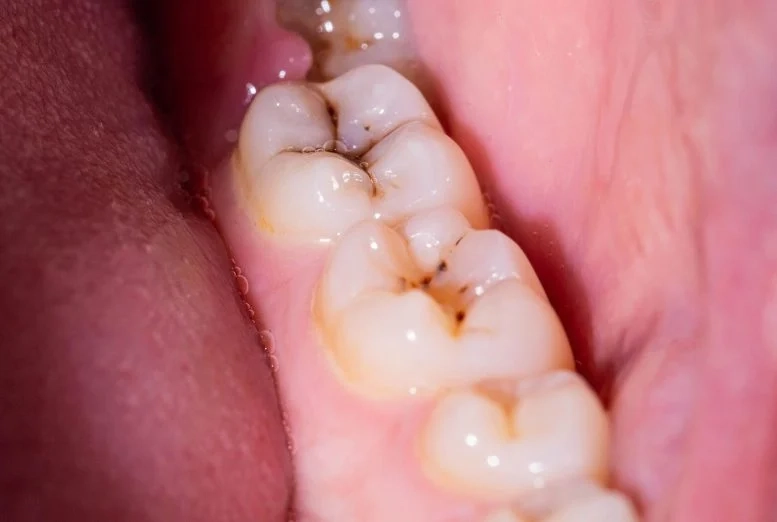 Scientists have discovered that DIM, a natural molecule, can cut plaque-causing bacteria in the mouth by 90%, paving the way for more effective toothpaste and mouthwash formulas. Credit: Stock
Scientists have discovered that DIM, a natural molecule, can cut plaque-causing bacteria in the mouth by 90%, paving the way for more effective toothpaste and mouthwash formulas. Credit: Stock
Scientists have uncovered a natural compound that can wipe out 90% of the sticky film behind plaque and cavities, potentially transforming everyday dental care. Found in certain vegetables, this low-toxicity molecule could one day be added to toothpaste and mouthwash to help keep teeth cleaner, stronger, and healthier.
A large portion of people around the globe either struggle with plaque and tooth decay on an ongoing basis or will experience them at some stage in life. While toothpaste, mouthwash, and routine dental visits help, there is still room for better solutions.
Researchers from Ben-Gurion University of the Negev, working with colleagues at Sichuan University and the National University of Singapore, have identified a naturally occurring compound called 3,32-Diindolylmethane (DIM), also known as bisindole, that can cut down the biofilms responsible for plaque and cavities by 90%. This compound is also known to have anti-carcinogenic effects.
The teams results were published in the journal Antibiotics.
Breakthrough Molecule Targets Plaque and Cavities
The human mouth provides an ideal environment for bacteria such as S. mutans, a key contributor to tooth decay. After eating, S. mutans thrives in the warm, sugary conditions inside the mouth, forming a sticky biofilm on the teeth. This biofilm leads to plaque buildup, erodes enamel, and causes cavities. In laboratory tests, bisindole (DIM) disrupted the biofilm by 90%, preventing the bacteria from multiplying.
How Oral Bacteria Cause Damage
The molecule, which was found to have low toxicity, could be added to toothpastes and mouthwashes to greatly improve dental hygiene, says lead author Prof. Ariel Kushmaro of the Avram and Stella Goldstein-Goren Department of Biotechnology Engineering. He is also a member of the Ilse Katz Institute for Nanoscale Science and Technology and the Goldman Sonnenfeldt School of Sustainability and Climate Change.
Reference: 3,32-Diindolylmethane (DIM): A Potential Therapeutic Agent against Cariogenic Streptococcus mutans Biofilm by Yifat Baruch, Karina Golberg, Qun Sun, Karina Yew-Hoong Gin, Robert S. Marks and Ariel Kushmaro, 6 June 2023, Antibiotics.
DOI: 10.3390/antibiotics12061017
The study was conducted with his student Yifat Baruch, and Dr. Karina Golberg, as well as Prof. Robert S. Marks of the same department and Qun Sun of Sichuan University, and Karina Yew-Hoong Gin of the National University of Singapore.
The research was supported by the International Research and Development Program of Sichuan (2019YFH0113) and SMART innovation grant ING-000398 (Singapore).
A version of this article was originally published in September 2023.
Since this research was first published in 2023, no human or clinical trials have been conducted to confirm the effectiveness of 3,32-Diindolylmethane (DIM) in preventing dental plaque or cavities. The reported 90% reduction in Streptococcus mutans biofilm remains an in-vitro laboratory finding. At present, DIM is not an approved active ingredient for cavity prevention in over-the-counter dental products, and it is not found in commercially available toothpastes or mouthwashes making anticaries claims. While the molecule continues to attract research interest for other potential uses, including anti-carcinogenic properties, its role in dental care remains experimental.
Never miss a breakthrough: Join the SciTechDaily newsletter.



